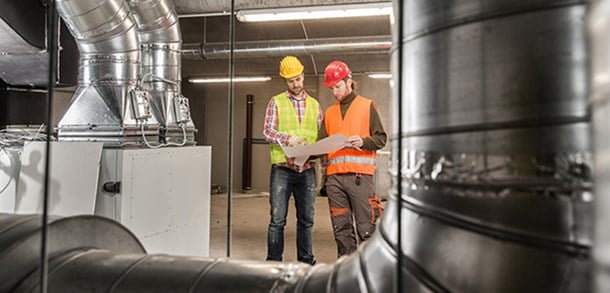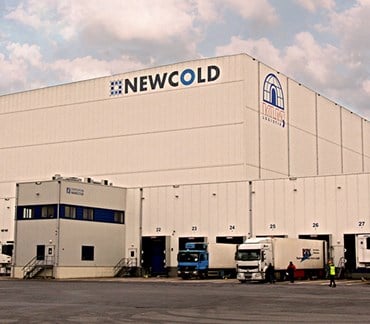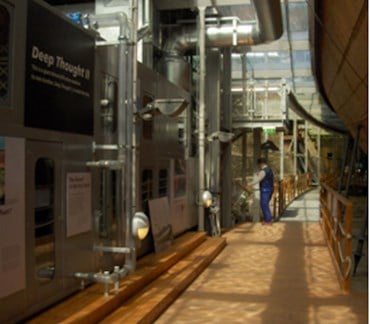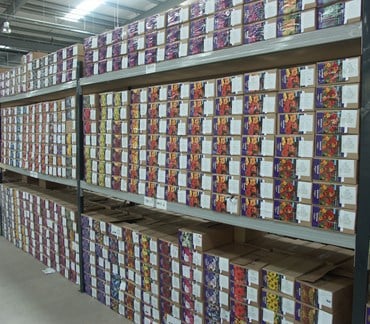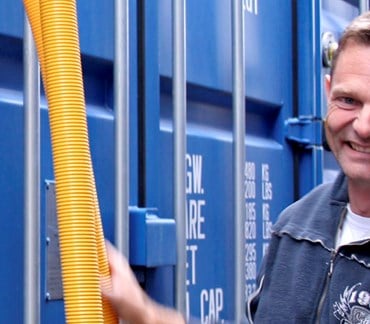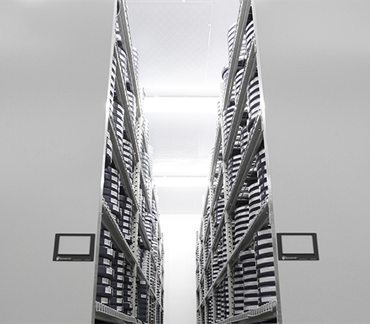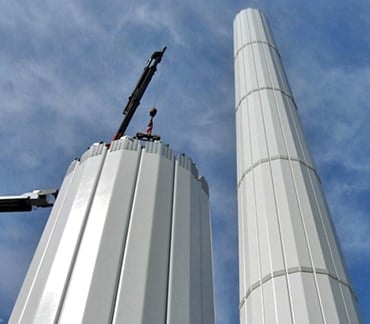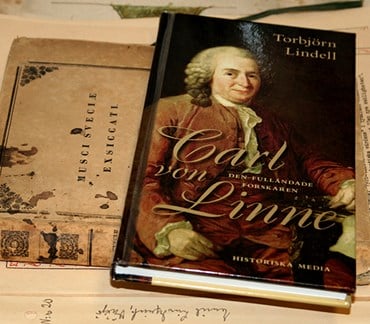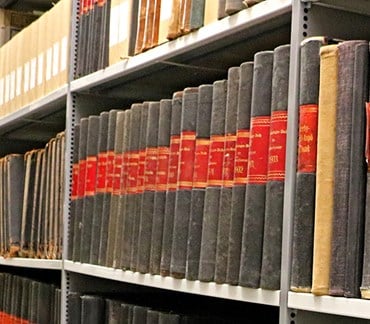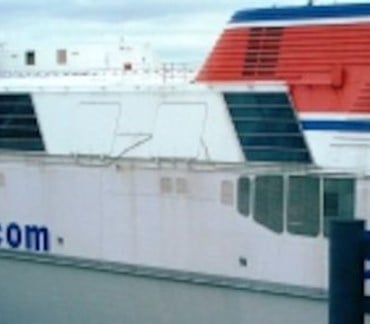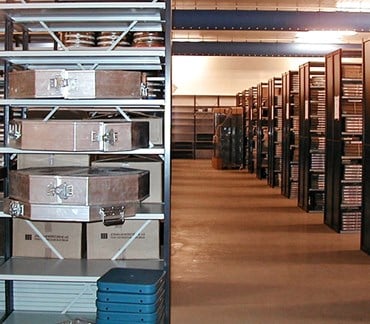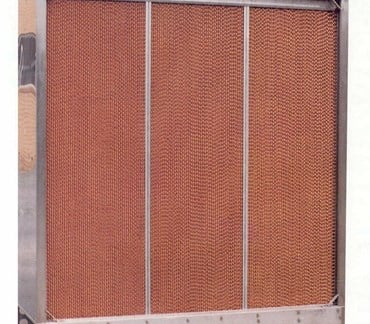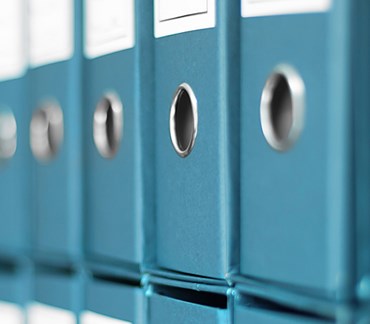Storage, Preservation & Archives Industry Dehumidification
Munters provides optimal protection for objects of high importance in archives, museums, libraries, storage tents and self-storage facilities by creating and maintaining a controlled and constant storage climate around the year. These objects are made from a wide range of materials such as paper, cotton, wood, leather, metal, and film, and they need to be stored at certain humidity levels to prevent moisture damage.
Common Establishments that Utilize Dehumidification for Storage, Preservation & Archiving
- Libraries
- Museums
- Storage Tents
- Self-Storage units
- Archives
- Galleries
- Universities
Common Products That Require Protection using Dehumidification
- Electronics
- Film
- Tapes
- Documents
- Historic items
- Books
- Furniture
- Tools
- Artifacts
- Vehicles
- Airplanes
Effects of Uncontrolled Humidity
Uncontrolled Humidity in the Storage, Preservation & Archives Industry can cause:
- Mold, mildew and fungus
- Corrosion and damage
- Bacterial growth
- Contact corrosion on electronics
- Degradation of film and documents
Solutions for the Storage, Preservation & Archives Industry
Materials can be damaged when exposed to high relative humidity. Most materials will be preserved and unaffected at humidity levels below 50% Relative Humidity (RH). The only reliable protection, irrespective of weather conditions, is dry air produced by a desiccant dehumidifier.
Heating is a common method for trying to control the relative humidity. Temperature itself has no impact on the quality of materials (except for some liquids) and as the relative humidity in a heated building will fluctuate between 20-70% RH depending on the outdoor conditions, this method is both ineffective and costly.
In a dehumidified building, the relative humidity can be controlled and kept constant throughout the year – irrespective of the conditions outside. Heating can be reduced, and the stored materials will be protected. Compared to heating, the energy savings by dehumidifying will typically amount to 30-70%!
Recommendations for Humidity Levels for Different Materials
- Acetate film: 35°F, 30-40% RH
- Nitrate based film: 36°F, 20-30% RH
- Paper: 65-70°F, 30-50% RH
Unstable materials may require more stringent storage conditions.
To learn more about dehumidification equipment and other climate control options, contact Munters today!


